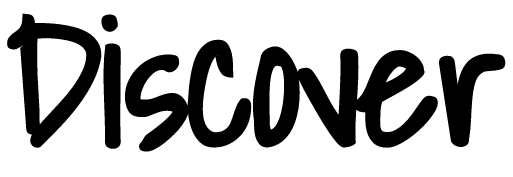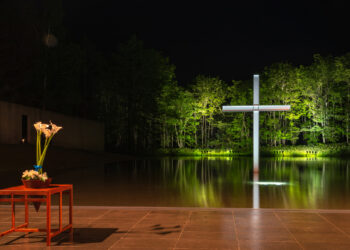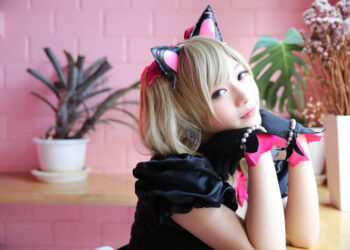In Today’s world,Japanese food became popular and Japanese SAKE has been growing steadily in recent years.
There are various types of SAKE, changing the temperature of sake according to the dishes.
We introduce the types of sake and how to drink a delicious SAKE.
What is the SAKE ?

SAKE is mainly made from rice, rice bran and water.
A type of brewed sake that is fermented and made using a method unique to Japan.
The origin of sake is said to have been born in the Yayoi period from the Jomon period about 12,000 years ago.
SAKE is made carefully by steaming white rice, adding water, fermenting and aging.
80% of SAKE is made of water and is an important factor in determining the quality of sake.
The brewer has a dedicated water source and is committed to using brewing water to wash bottles and buckets.
Many types of SAKE are produced throughout Japan,We sell representative products as local brands.
SAKE becomes the head of a hundred medicines if you try to drink the right amount and helps maintain health.
Rice bran, the raw material for SAKE contains a lot of amino acids and can be expected to have a beautiful skin effect and prevent aging.
What’s SAKE is made of?
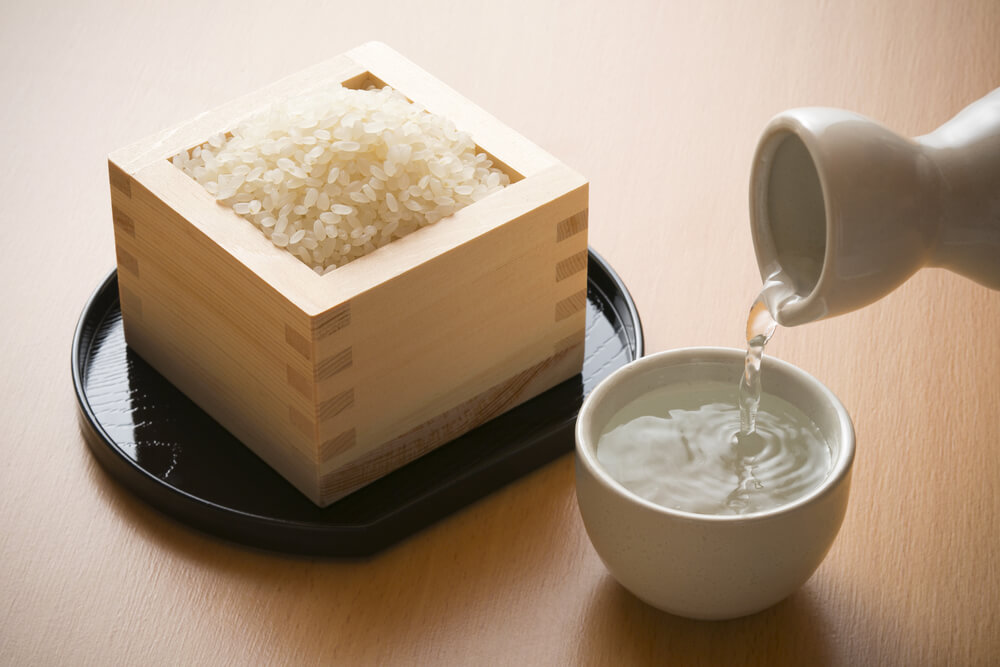
SAKE is a rice liquor and the ingredients are as simple as rice, rice bran, and water.
A variety suitable for SAKE brewing is called “Sakamai”, which is larger than edible rice.
When brewing SAKE rice, the protein and fat on the surface of the rice that cause miscellaneous taste are shaved off.
SAKE has a starch center, and yeast in the air adheres to cause alcohol fermentation.
Many SAKE breweries are located in a land blessed with famous water and contain minerals contained in natural spring water from underground.
SAKE is made from rice and a unique taste is born from high-quality water.
Types of SAKE

Let’s take a look at the types of SAKE.
Pure rice Daiginjo (rice, rice bran, milled rice ratio less than 50%)
The raw material is pure rice liquor made from rice, rice bran, and water.
And the percentage of polished rice is less than 50%.
You can taste the umami of rice and the gorgeous ginjo aroma.
Daiginjo (rice, rice bran, brewed alcohol, polished rice ratio 50% or less)
The raw materials are rice, rice bran, water, brewed alcohol.
And the percentage of polished rice is less than 50%.
The rice is carefully polished and more than half of it is characterized by a high fragrance.
Junmai Ginjo (Rice, rice bran, milled rice ratio less than 60%)
The rice bran and water, and the percentage of polished rice is less than 60%.
The scent of ginjo is made with well-polished rice that is fermented at low temperature for a long time.
Ginjo (Rice, rice bran, brewed alcohol, rice polishing rate less than 60%)
The raw materials are rice, rice bran, water, brewed alcohol, and the percentage of polished rice is less than 60%.
Ginjo made with well-polished rice for long-term low-temperature fermentation, fruity and gorgeous.
Special pure rice (less than 60% rice or rice bran or special manufacturing method)
The rice polishing rate is less than 60% and is a pure rice sake made by a special brewing method.
SAKE breweries and brewing manufacturers are particular about the aroma and color.
Special genuine brewing (rice, rice bran, brewed alcohol, polished rice ratio less than 60%)
This rice brew is a special brewing method with a rice polishing rate of 60% or less.
It has a more delicate taste than ordinary brewed SAKE.
Pure rice (rice, rice bran)
Japanese SAKE made with rice, rice bran and water only.
Because it does not contain brewed alcohol, the original umami, sweetness and richness of rice are alive.
Main brewing (rice, rice bran, brewed alcohol, rice polishing ratio less than 70%)
The raw materials are rice, rice bran, water, brewed alcohol, and the percentage of polished rice is 70% or less.
Add brewed alcohol for a refreshing taste.
SAKE(other than that)
In addition, there are “raw sake” where you can enjoy a rich taste without adding water.
And “fresh sake” that has a fresh flavor without heat treatment.
Popular Japanese SAKE
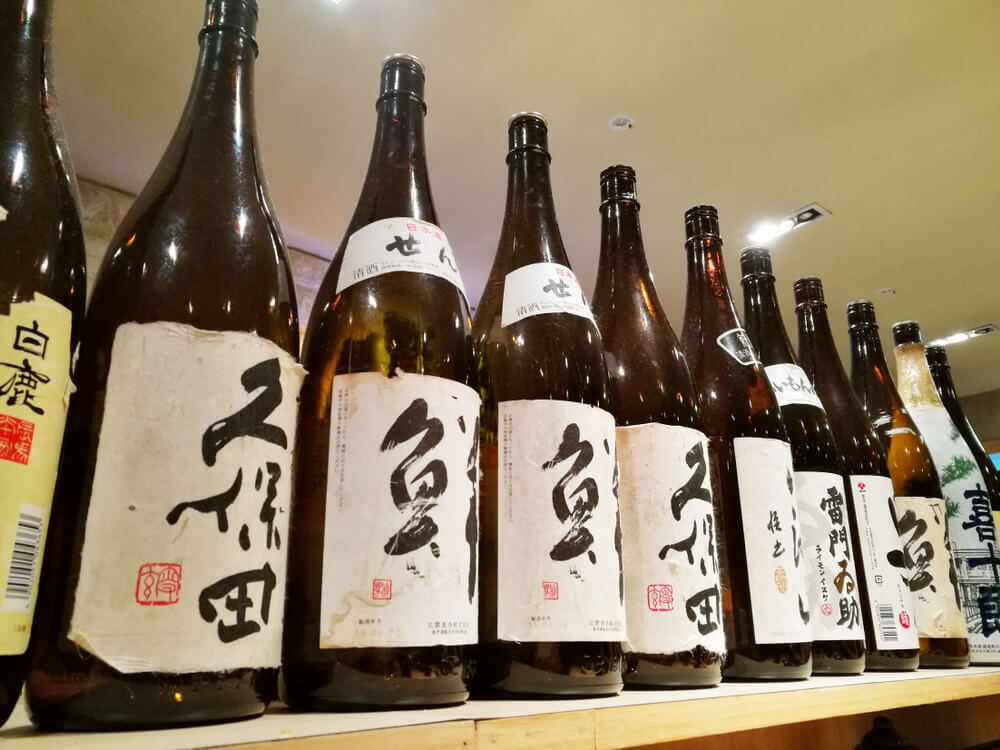
There is a regular type of Japanese SAKE called local sake throughout Japan.
Here are Top5 popular SAKE.
①14th generation(Jyu yon dai)
The “14th generation” produced by Takagi Sake Brewery in Yamagata Prefecture.
Japanese SAKE that represents Hojo Uchiguchi.
A rich and gorgeous fragrance, an elegant fragrance, and a rich taste give a pleasant finish.
▶For more information…
②Daisai
Daisai is manufactured by Asahi Shuzo, a brewery in Iwakuni City, Yamaguchi Prefecture.
The rooty and gorgeous fragrance and the refreshing taste that is easy to drink have a reputation for those who like white wine.
Excellent compatibility with Japanese food, pale seafood dishes and seafood hors d’oeuvres.
▶For more information…
③Kubota
Junmai Daiginjo “Kubota” is an ideal Japanese SAKE that can be used for aperitif, toast liquor and appetizers.
It features a light dry taste, a gorgeous fragrance reminiscent of pears and melons, and an elegant taste that blends sweet and sour.
▶For more information…
④Hakkaisan
“Hakkaisan” is one of the popular brands in Minamiuonuma City, Niigata Prefecture.
Ginjo Sake brewing using smooth, dry and dry rice from the throat is supported.
▶For more information…
⑤Sharaku
“Sharaku” is a representative brand of Fukushima sake.
Even after the East Japan Earthquake they produce high quality SAKE.
▶For more information…
What meals are good for sake?
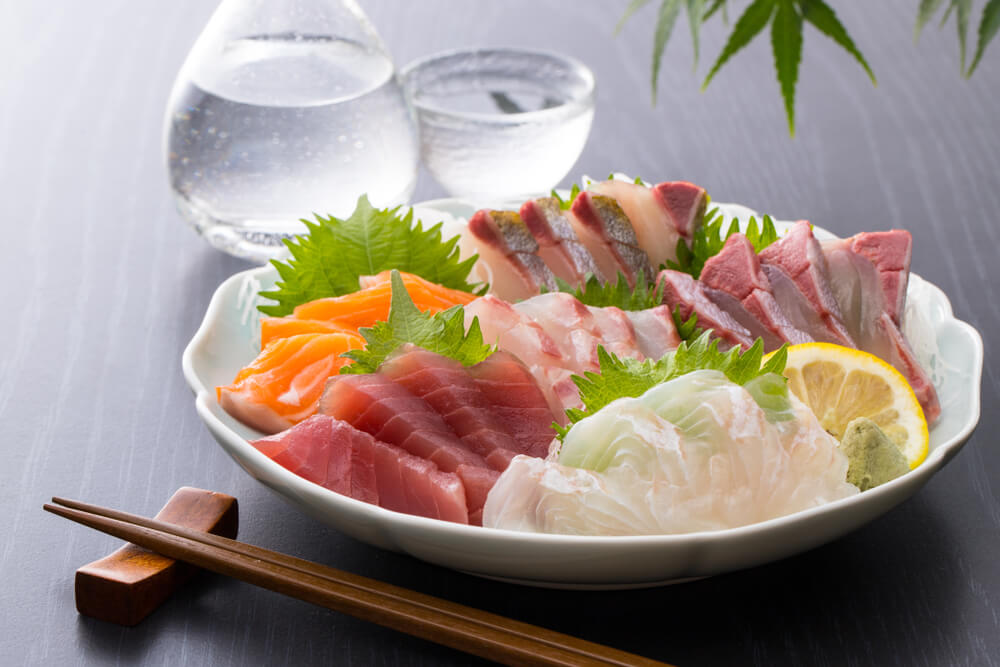
Depending on the type of SAKE, pure rice, ginjo sake, and honjo brewing will change.
For pure rice sake, which has a rich scent of rice, we recommend dishes with a firm and deep seasoning.
For example, it goes well with meat dishes, fried oil, boiled fish, boiled food, and butter dishes.
The fragrant ginjo sake is suitable for pre-and post-dinner drinks.
But it goes well with dishes made from plain
ingredients,white fish sashimi, carpaccio, grilled fish and sea bream.
Choose dry or sweet
You can judge sweetness and dryness from the amount of ingredients in sake.
If there is a lot of sugar in the liquor, it will become a rich sweet sake.
And if it is less, it will become a refreshing dry sake.
Sake is also sweet when it has a high amino acid content and dry when it has a high acidity.
Choose how to drink
SAKE is a liquor that changes in taste and aroma depending on the temperature.
Regular temperature

“Room temperature” means drinking at the same temperature (20-25 degrees) without cooling or heating.
Pure rice liquor and ginjo sake have a good taste at room temperature and you can enjoy the original taste of sake.
Cold

“Cold sake” is chilled in the refrigerator and drink in a cold state (5-15 degrees).
Ginjo sake, fresh sake, and fresh sake that you can enjoy the aroma can be refreshed and refreshed.
Hot
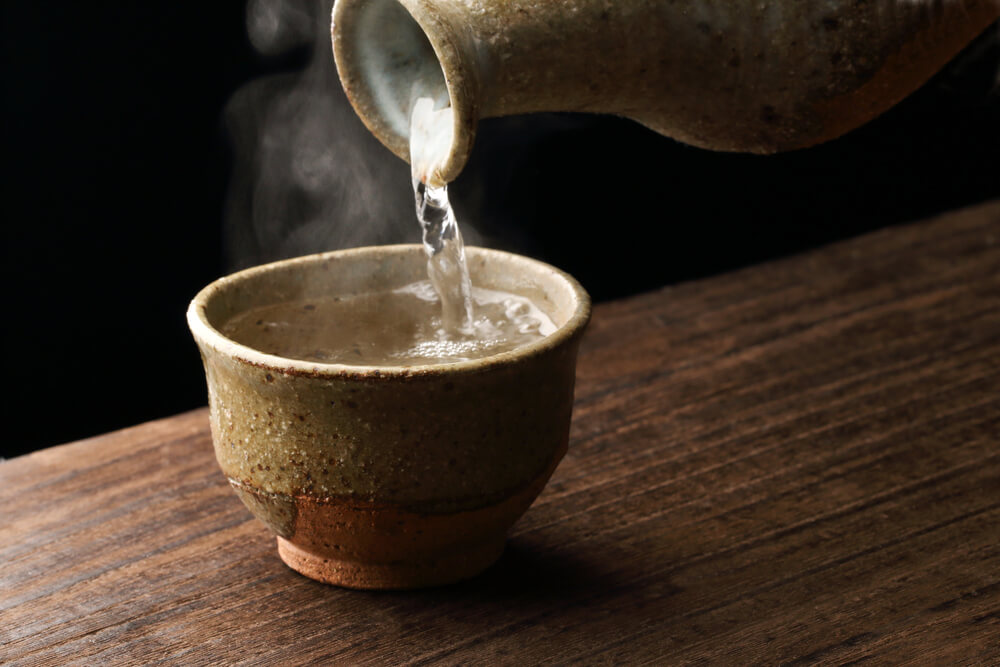
Hot is warmed (30-55 degrees) with a hot water bath or microwave.
It is suitable for sake with a solid taste, such as pure rice sake and brewed sake.
SAKE is popular overseas

SAKE is also attracting attention due to the popularity of Japanese food that is both healthy and beautiful.
In cities such as New York and London, restaurants that produce the original “SAKE” also appeared.
In Los Angeles, sake tasting was gaining popularity, and Emirates airline has included sake on its international menu.
SAKE was also registered in Kosher, a food set by
Jews food Kashrut.
summary
SAKE, combined with the cooking temperature, enhances the cuisine and produces a more delicious meal.
You can enjoy a refreshing taste when served with cold sake along with sashimi.
It is also good to feel hot and relaxed when you have your SAKE while in a hot springs.
Please find and enjoy your favorite SAKE!
